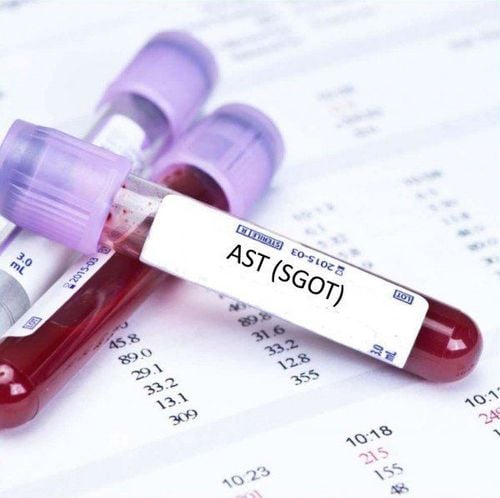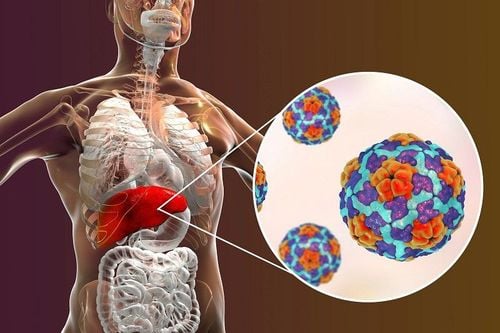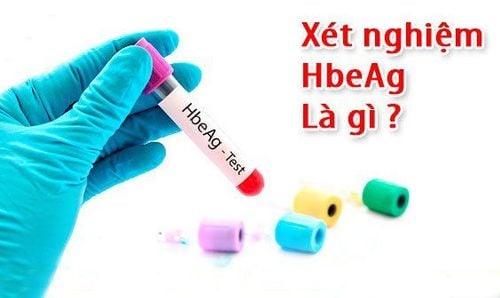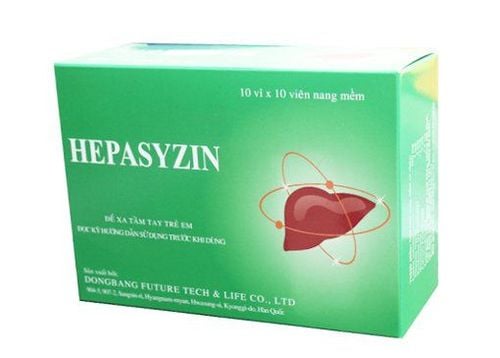This is an automatically translated article.
The article is professionally consulted by Specialist Doctor I Dong Xuan Ha - Department of Medical Examination and Internal Medicine - Vinmec Ha Long International General Hospital.
AST (SGOT) and ALT (SGPT) are liver enzyme indicators that help reflect liver damage. Depending on the type of disease, these indicators will increase to a certain extent. If the cause of elevated liver enzymes is not corrected in time, these indicators may drop unexpectedly because there are no surviving liver cells.
1. What are AST and ALT indexes?
1.1 AST Index (SGOT)
AST (also known as SGOT) is normal in the range of 20-40 UI/L. Besides AST, there is also ALT, these are two liver enzymes that are specific to the liver. When many liver cells are damaged, necrotic, both enzymes will be "released" and massively released into the blood.AST (SGOT) is normally found in many organs such as liver, heart, muscles, kidneys, and brain. It is released into the bloodstream when one of these organs is damaged. For example, its concentration will increase in the blood when there is a heart attack or muscle damage. Therefore, this enzyme is not specific for liver injury.
AST (SGOT) has a normal limit of 5 to 40 units per liter of serum, often denoted U/L or UI/L.
1.2 ALT Index (SGPT)
Compared with the AST index, ALT (also known as SGPT) is a specific indicator, a clearer warning of liver damage because it is located mainly in the liver cytoplasm (only a few in skeletal muscle and heart).ALT (SGPT) is found mostly in the liver. Although it cannot be said that this enzyme is only present in the liver, it can be said that the liver is the place where it is most concentrated. It is released into the bloodstream in the presence of liver damage. Therefore, this enzyme can be considered as a relatively specific indicator of liver status.
ALT (SGPT) has a normal range of 7 U/L to 56 U/L.
Normally, the test ALT index is also in the range: 20 U/L - 40 UI/L equivalent to the average level of the AST enzyme.
Trắc nghiệm: Làm thế nào để bảo vệ lá gan khỏe mạnh?
Làm test trắc nghiệm kiểm tra hiểu biết về gan có thể giúp bạn nhận thức rõ vai trò quan trọng của gan, từ đó có các biện pháp bảo vệ gan để phòng ngừa bệnh tật.2. How are ALT and AST related to liver disease?
2.1 Boost >3000 UI/L
It is common in cases of liver cell necrosis such as acute viral hepatitis, chronic hepatitis, or liver damage due to drugs, toxic substances, and long-term cardiovascular collapse.Rapidly increasing levels of ALT, AST are relatively poorly correlated with levels of liver damage, they do not carry much prognostic significance (e.g., intracellular necrosis). liver function is very severe, causing liver enzymes to rise suddenly in the first 2 days, after 3 to 5 days, only liver enzymes decrease rapidly).

2.2 Medium increase <300 UI/L
Common in cases of hepatitis caused by drinking too much alcohol. The increase in transaminase index was mainly due to AST, the value was only 2 to 10 times above the mean limit. At that time, ALT may be normal or low, due to a deficiency of vitamin B6, which is an element that helps synthesize ALT in the liver.2.3 Slight increase <100 UI/L
Common in cases of acute viral hepatitis, or cirrhosis, liver metastases, or chronic hepatitis can also be caused by biliary obstruction.Currently, it is found that many cases of liver enzymes tend to increase slightly at the time of fatty liver. In cases of obstructive jaundice, and especially in the case of stones entering the bile ducts, ALT will rise no more than 500 IU/L, in very few cases ALT will increase up to 3000 UI/L, and then most all rapidly decreased back to normal.
3. In which case ALT, AST test is indicated?
To evaluate the patient's symptoms of liver dysfunction such as: Frequent fatigue; Loss of appetite; Or nausea, and vomiting a lot; Abdominal pain in the right flank; Yellow skin; Dark urine, pale stools; Body itching. In order to coordinate with many other indicated tests to diagnose the cause of liver disease: People with a history of being exposed to viruses that cause hepatitis; People with alcohol addiction; Having a family history of liver disease; People who regularly take drugs that affect liver function; People who are overweight, or have diabetes; Tests of ALT, AST are done with people with mild initial signs: fatigue, weight loss; The goal is to rule out any diseases that are causing liver damage. Tests of ALT and AST are indicated for the purpose of monitoring treatment progress. During the course of treatment, the doctor may order it regularly to determine whether it is effective or not.4. How to take ALT, AST samples?
Take the sample into a test tube without serum anticoagulant or anticoagulant tube Heparin, EDTA. There is no need to fast before sampling, but be aware that turbidity in the serum after eating may affect the results of the test.5. Factors affecting the quality of ALT and AST . tests
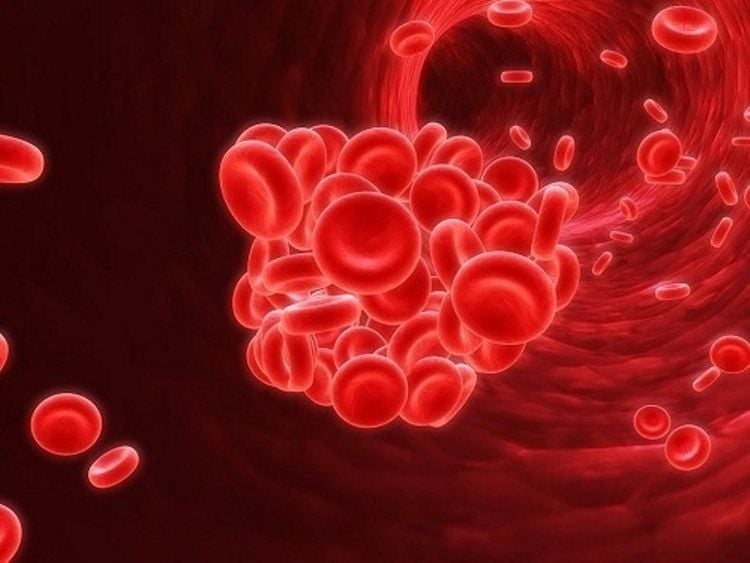
With 14 years of experience in the field of Endoscopy - Gastroenterology, Doctor Dong Xuan Ha proficiently performs diagnostic gastrointestinal endoscopy techniques, emergency interventions and therapeutic interventions. Currently, he is a gastroenterologist at the Department of General Internal Medicine, Vinmec Ha Long International General Hospital.
Please dial HOTLINE for more information or register for an appointment HERE. Download MyVinmec app to make appointments faster and to manage your bookings easily.






